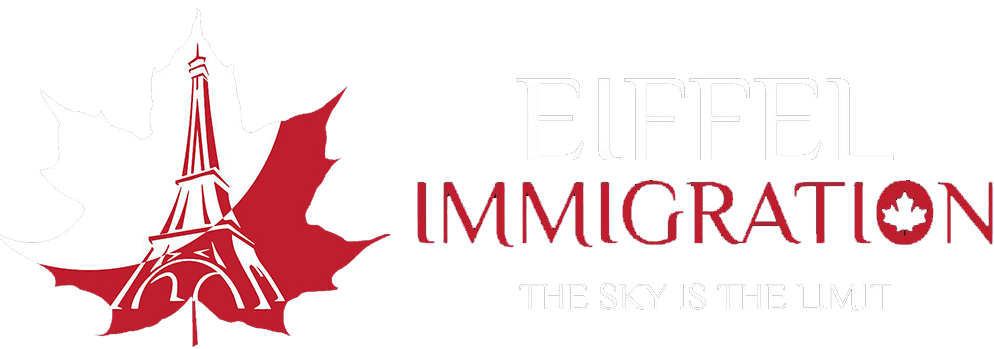In a recent announcement, Immigration Minister Marc Miller outlined significant changes to Canada’s temporary resident programs, particularly affecting the Spousal Open Work Permit (SOWP) eligibility criteria.
On September 18, Minister Miller revealed that new limits would be introduced for spouses of students enrolled in certain doctoral and master’s programs, as well as select professional and pilot programs. Notably, eligibility for spouses of master’s degree students will now be restricted to those whose programs are a minimum of 16 months in duration.
These changes follow an earlier announcement from IRCC that SOWPs would be limited to the spouses of students in specific master’s or doctoral programs at Canadian designated learning institutions (DLIs), with exceptions for certain high-demand undergraduate degrees.
Additionally, the IRCC has decided to include master’s and doctoral students within the cap on study permits for 2025, allocating 12% of the 437,000 study permits available that year to these students. Importantly, master’s and PhD students will not be included in the 2024 study permit cap.
While Minister Miller did not detail any further changes, he mentioned that these updates would lead to 50,000 fewer SOWPs being issued to spouses of international students over the next three years.
Impact on Temporary Foreign Workers
The changes also extend beyond the international student program. The IRCC plans to restrict SOWP eligibility to spouses of highly skilled workers, including C-suite executives, scientists, engineers, lawyers, professors, and technicians, or those in sectors facing significant labor shortages. As a result, the IRCC anticipates issuing 100,000 fewer SOWPs over the next three years.
How to Apply for a SOWP
While no official date has been set for the implementation of these tightened restrictions, as of April 30, spouses of international students may apply for a SOWP if their partner is in a master’s or doctoral program or one of the following professional degree programs:
- Doctor of Dental Surgery (DDS, DMD)
- Bachelor of Law or Juris Doctor (LLB, JD, BCL)
- Doctor of Medicine (MD)
- Doctor of Optometry (OD)
- Pharmacy (PharmD, BS, BSc, BPharm)
- Doctor of Veterinary Medicine (DVM)
- Bachelor of Science in Nursing (BScN, BSN, BNSc)
- Bachelor of Education (B.Ed.)
- Bachelor of Engineering (B.Eng., BE, BASc)
Applicants must also provide one of the following:
- A valid letter of acceptance from the sponsor’s DLI
- A proof of enrolment letter from their DLI
- Transcripts from their current program
If applicable, applicants must show proof of participation in eligible pilot programs, along with documentation proving their relationship to the student. Those who are approved can expect their SOWP to be valid for the same duration as their sponsor’s study permit.
Broader Changes for Temporary Residents
These adjustments to SOWP eligibility are part of a broader set of measures introduced by IRCC this year. Notable changes have also occurred in the international student program, including a cap on study permit applications for 2024, with further reductions expected for 2025.
Additionally, a Canadian Language Benchmark (CLB) requirement has been introduced for many Post-Graduation Work Permit (PGWP) applications. University graduates must demonstrate a CLB of 7 in reading, writing, speaking, and listening, while college graduates need a CLB of 5.
More information regarding temporary resident levels will be provided in the upcoming Immigration Levels Plan, set to be released by November 1 this year. This will be the first time that temporary resident levels are included in the Plan, which outlines targets for the number of newcomers Canada will welcome over the next three years.
In 2023, over 2 million temporary residents arrived in Canada. Minister Miller stated that the increased restrictions are part of IRCC’s commitment to reduce the percentage of temporary residents in Canada from 6.5% to 5% of the population within the next three years. He emphasized that, as Canada’s economy recovers from the COVID-19 pandemic, the previous measures aimed at boosting immigration and strengthening the labor force are no longer necessary.



